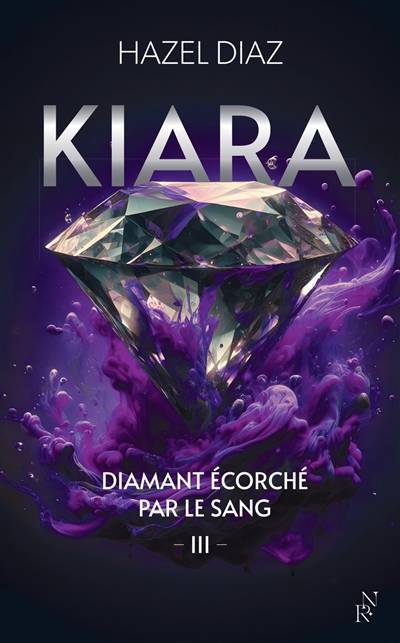
- Retrait gratuit dans votre magasin Club
- 7.000.000 titres dans notre catalogue
- Payer en toute sécurité
- Toujours un magasin près de chez vous
- Retrait gratuit dans votre magasin Club
- 7.000.000 titres dans notre catalogue
- Payer en toute sécurité
- Toujours un magasin près de chez vous
130,45 €
+ 260 points
Description
"Jason C. Kuo's in-depth study of the paintings of Gao Xingjian significantly enriches our understanding of a major cultural polymath. This lavishly illustrated book enables us to make important connections between painting and writing, a type of synthesis often downplayed by western post-Enlightenment tendencies toward cultural specialization but very much at the heart of the Chinese literati tradition." ―Paul Gladston (University of Nottingham), principal editor of the Journal of Contemporary Chinese Art and author of Contemporary Chinese Art: A Critical History. "In The Inner Landscape: The Paintings of Gao Xingjian, Jason C. Kuo offers his readers a multifaceted lens through which to frame an engagement with the remarkable pictorial, filmic, and literary art of the Chinese writer and 2000 Nobel laureate in literature, Gao Xingjian. A central theme in his oeuvre is reflection on his life as a writer in self-exile in France, a life at once burdened with the memory of his homeland and yet artistically liberating. Kuo illuminates our understanding of the meaning and significance of his art by situating it within a critical discussion of the contemporary context of global modernity, a context that challenges our notions of national cultural identity in an age of mobile subjectivity and the deterritorialization of cultural practices." ―Stephen J. Goldberg (Hamilton College), author of Dislocating the Center: Contemporary Chinese Art Beyond National Borders. "The Inner Landscape: The Paintings of Gao Xingjian presents almost 300 paintings by the contemporary artist, poet, film-maker, author, and Nobel Laureate Gao Xingjian. Jason C. Kuo's erudite study not only details Gao's development as an intellectual, but also contextualizes and explores his attitudes toward writing, painting, and film-making in the interstices of 'East' and 'West'." ―Katharine P. Burnett (University of California, Davis), author of Dimensions of Originality: Essays in Seventeenth-Century Chinese Art Criticism. "The Inner Landscape: The Paintings of Gao Xingjian by Jason C. Kuo is a most thought-provoking and intelligent study of the art of Gao Xingjian. Kuo, driven by a desire for synthesis in his scholarship, brings a modernist practice to bear on a long tradition of intellectual discourse in China." ―Frances Klapthor, Baltimore Museum of Art.
Spécifications
Parties prenantes
- Auteur(s) :
- Editeur:
Contenu
- Nombre de pages :
- 354
- Langue:
- Anglais
Caractéristiques
- EAN:
- 9780989916929
- Date de parution :
- 28-10-13
- Format:
- Livre relié
- Format numérique:
- Genaaid
- Dimensions :
- 221 mm x 284 mm
- Poids :
- 1406 g







